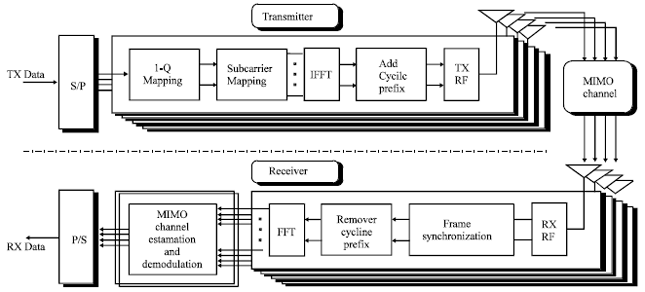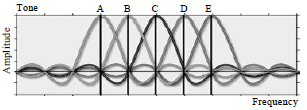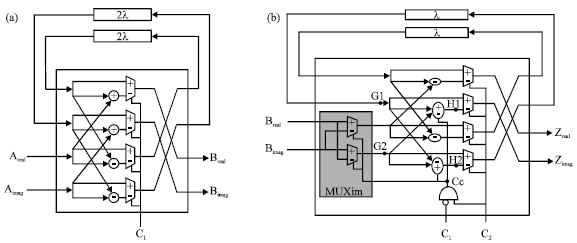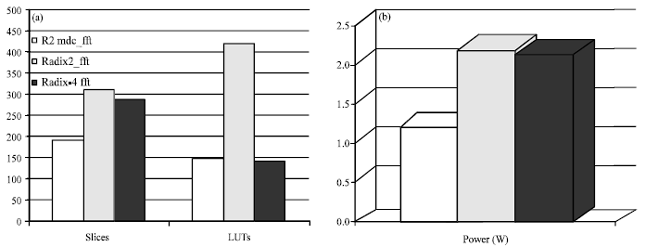Research Article
VLSI Design of Pipelined R2MDC FFT for MIMO OFDM Transceivers
Department of ECE, Syed Ammal Engineering College, Ramanathapuram, Tamil Nadu, India
K. Karthikeyan
Department of ECE, Syed Ammal Engineering College, Ramanathapuram, Tamil Nadu, India















haider Reply
iam working in my thesis now, and i like to do this idea
is there anyone who want to help me
thanks